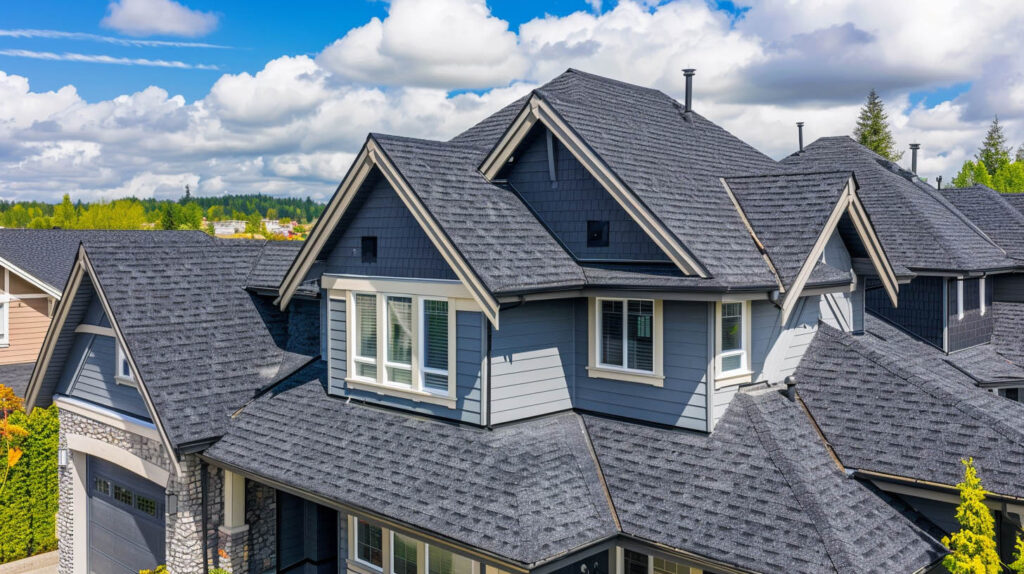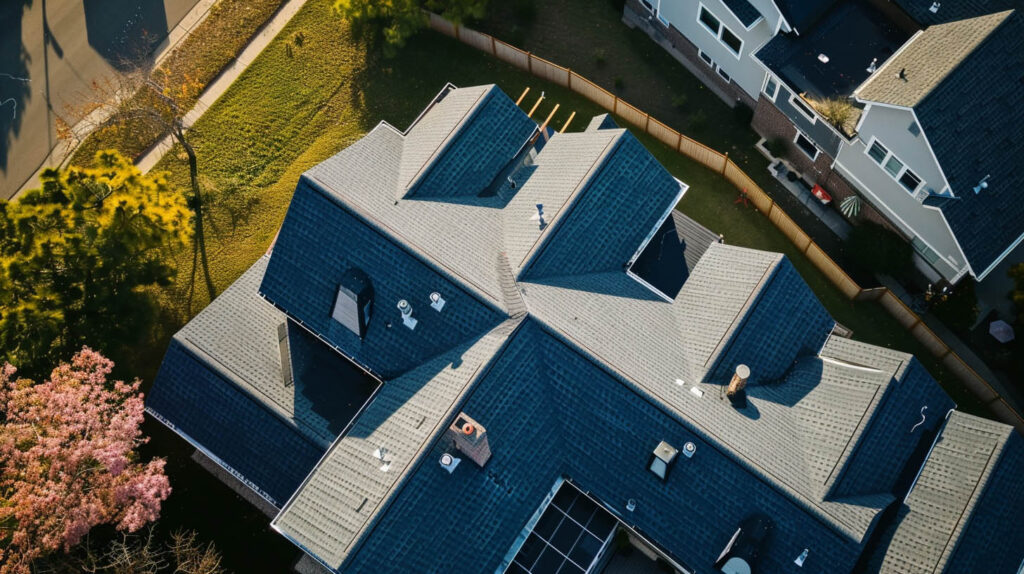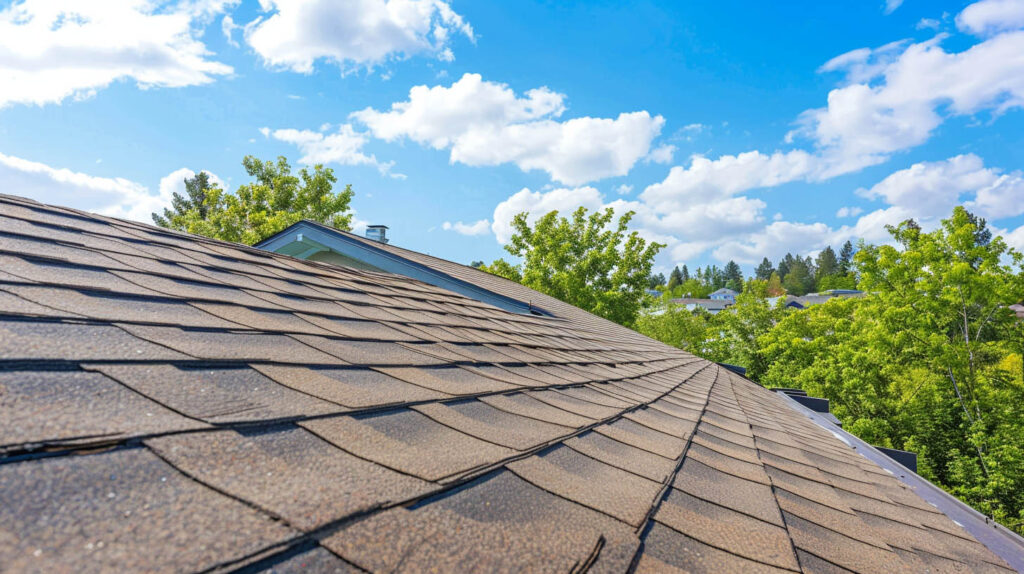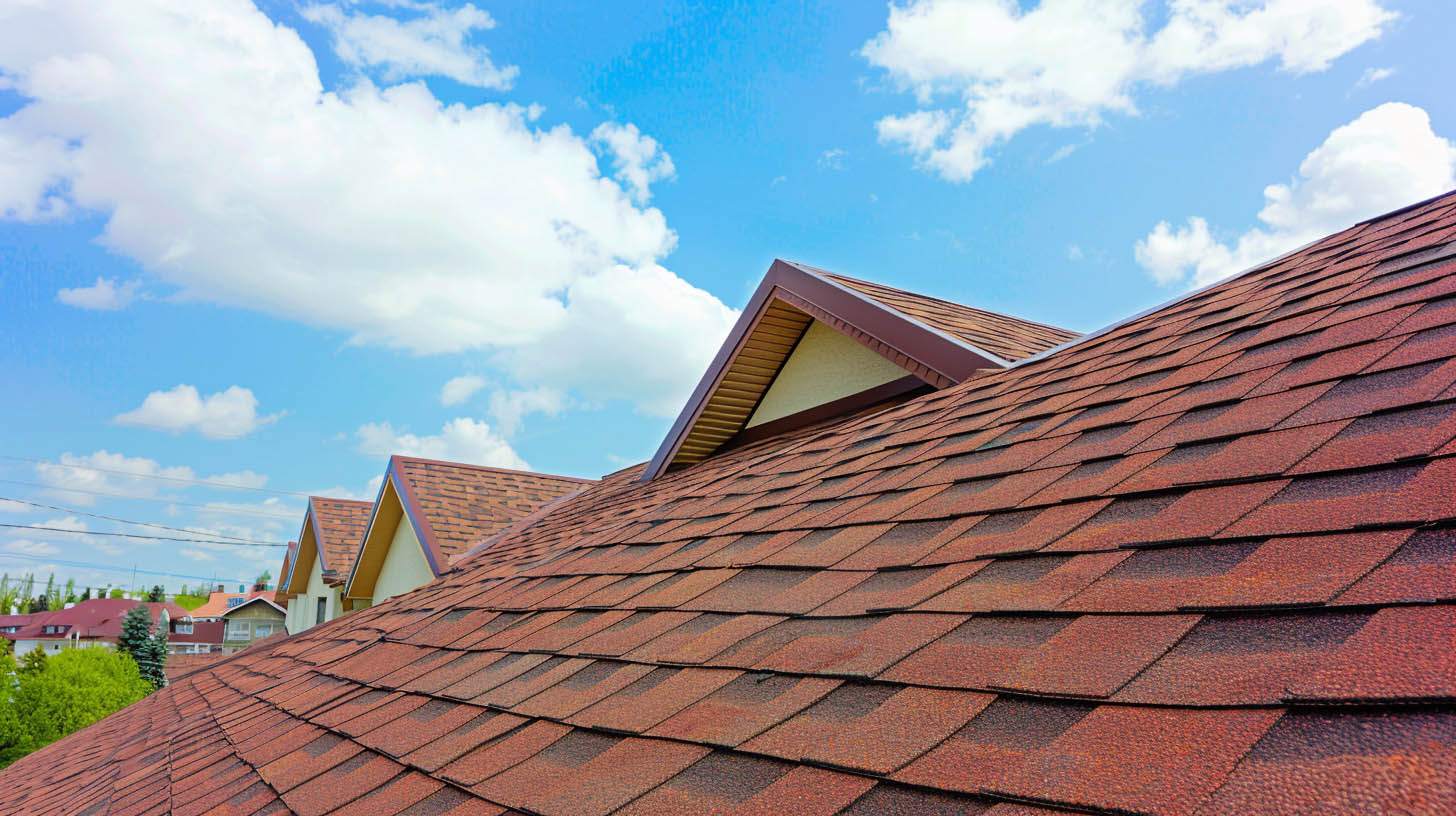How a Roofer Determines Roof Slope and Drainage Needs
Roof slope and water drainage are cornerstones of effective roofing systems. Play a pivotal role in preventing leaks, structural damage, and inefficiency. As homeowners in Long Beach, CA, understanding these components ensures your roof remains sturdy against local weather conditions. Specialist Roofing & Repair combines decades of expertise with premium roofing materials to deliver solutions tailored to your needs. Whether it’s ensuring a slight slope for drainage or selecting the right materials for performance, professional guidance ensures long-lasting results.
The Importance of Roof Slope and Drainage for Long Beach Homes
A properly sloped roof ensures effective water runoff, protecting your home from leaks and other damage. Without adequate drainage, stagnant water poses a significant risk to the structure and lifespan of your roof.
In Long Beach’s variable climate, proper drainage is essential to maintain the efficiency and reliability of your roof. Specialist Roofing & Repair evaluates these factors to enhance your roof’s performance and guard against potential structural damage. Well-maintained slope and drainage systems are the foundation of lasting protection.
How Climate in Long Beach, CA Influences Roof Design
The climate of Long Beach, CA significantly impacts roofing design, shaping essential decisions for both functionality and aesthetics. With a warm, Mediterranean climate, roofs must effectively handle heavy rainfall and intense sun exposure to ensure durability. Homeowners often prefer slope configurations that facilitate proper water drainage, preventing structural damage and minimizing the risk of leaks. Additionally, materials such as asphalt shingles or metal roofing are favored for their energy efficiency and resistance to the effects of UV radiation, while blending seamlessly with local architectural styles.

Why Proper Drainage Prevents Costly Damage
Effective water drainage is crucial in preventing structural damage to homes in Long Beachb, particularly considering the region’s rainfall patterns. A well-designed drainage system helps redirect water runoff and minimizes the risk of leaks or ice dam formation. Proper slope and gutter systems facilitate efficient water management, reducing the potential for costly repairs due to erosion or mold growth. Additionally, longevity and durability of roofing materials are enhanced when drainage needs are adequately met, ensuring homeowners preserve their investment over time.
Assessing Your Roof: Key Factors Roofers Consider
Specialist roofers examine several critical factors to determine your roof’s health and ensure proper drainage. First, assess the roof structure to identify vulnerabilities like uneven sections or aging components. Roof areas are evaluated for slope consistency and surface material compatibility.
Materials such as asphalt shingles, bitumen roofing, or metal roofing are selected to align with your home’s needs while ensuring structural integrity. Combining these insights results in roofing solutions that last and perform optimally.
Understanding Building Codes and Local Regulations
Compliance with building codes is essential for ensuring that roofing projects meet safety and performance standards dictated by the International Code Council. Local regulations often dictate the minimum roof slope and drainage requirements, impacting the roof’s performance and durability. Roofers must familiarize themselves with these codes to avoid structural damage and potential legal repercussions. Understanding these regulations not only ensures quality workmanship but also contributes to a roof’s longevity, aesthetic appeal, and overall energy efficiency.

Evaluating Roof Structure, Material, and Age
Structural integrity and material choice significantly impact a roof’s performance and longevity. Different roofing materials, such as asphalt shingles, metal roofing, or slate, offer varying durability and energy efficiency. Each material behaves uniquely under local climate conditions, influencing factors like water runoff and wind resistance. Age also plays a critical role; older roofs may require more frequent inspections to identify any signs of structural damage or necessary upgrades. A thorough evaluation ensures that homeowners are informed about potential repairs and the overall health of their roofing systems.
Methods Roofers Use to Determine Roof Slope
Accurately gauging the slope of a roof involves tried-and-true methods employed by roofing professionals. The pitch of your roof is often calculated using slope ratios, helping define water drainage efficiency. Measurements are meticulously documented to ensure precision.
Specialists use tools like measuring tapes and levels for hands-on calculations, ensuring all roofing sections are correctly assessed. These techniques not only protect your home’s integrity but also ensure compliance with design standards.
On-Site Measurement Techniques (Levels, Measuring Tapes, Apps)
Accurate assessment of the roof’s pitch and drainage begins with reliable on-site measurement techniques. Utilizing levels and measuring tapes ensures precise capture of both vertical and horizontal distances, which are critical for calculating the slope ratio. Advanced apps further streamline this process, offering data analysis that aligns with international building codes and local regulations. These tools not only enhance the accuracy of measurements but also facilitate compliance, ultimately contributing to proper water drainage and the longevity of the roofing system.
Calculating Pitch: Rise Over Run Explained
Pitch calculation involves measuring the vertical rise against the horizontal run. For example, a “4:12 pitch” means the roof rises 4 inches for every horizontal foot. These ratios are essential for ensuring optimal water resistance and proper slope.
Roof pitch directly influences drainage, aesthetics, and compliance with building codes. Roofers utilise manual techniques or apps for precise calculations, aligning the design with required standards.
Comprehensive measurements ensure functionality and durability, eliminating installation errors or water pooling challenges.

Get in Touch
Understanding the intricacies of roof slope and drainage is essential for maintaining the structural integrity of any home in Long Beach, CA. Proper water drainage not only protects against potential water damage but also ensures longevity and energy efficiency of the roofing system. Homeowners can benefit from quality workmanship that adheres to local building codes, enhancing both the aesthetic appeal and functionality of their roofs. By considering various factors, roofers play a crucial role in optimizing a roof’s performance.
Frequently Asked Questions
How do Specialist Roofing & Repair’s certifications benefit homeowners?
Certifications such as Owens Corning Platinum Preferred and BBB A+ Rating guarantee quality workmanship. Homeowners benefit from documented expertise, ensuring roofing standards are met. Trust Specialist Roofing & Repair for durable solutions that deliver peace of mind.
How do you mathematically calculate the roof slope?
Roof slope is calculated using the rise-over-run method. Measure the vertical rise and divide it by the horizontal run, expressed in inches. A “4:12 pitch” indicates 4 inches of rise for every 12 inches of run.
How to measure roof slope accurately for DIY and Pro Projects?
Roof slope measurement requires a measuring tape, level, and documentation. Place the level horizontally on the roof surface, measure the vertical rise, and compare it using a slope ratio chart. Professional expertise ensures precision for larger projects.
Read our blog: Why Some Roofs Need More Ventilation Than Others



